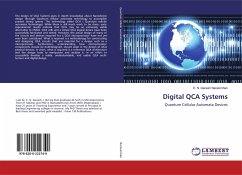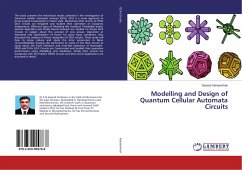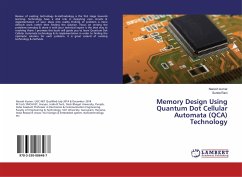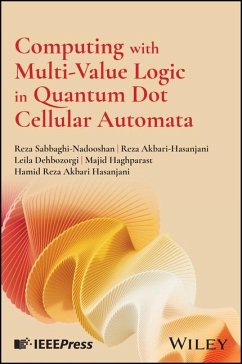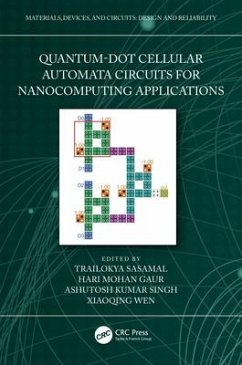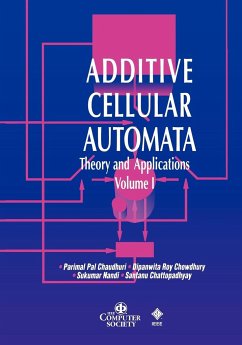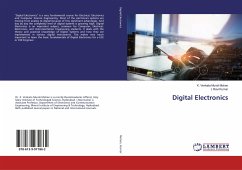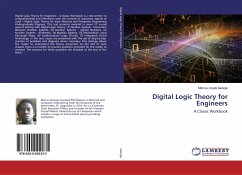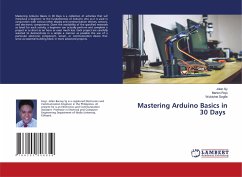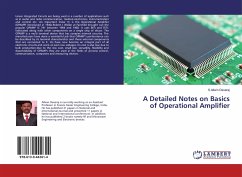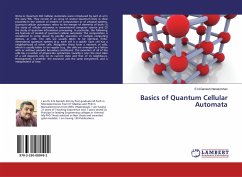
Basics of Quantum Cellular Automata
Versandkostenfrei!
Versandfertig in 6-10 Tagen
27,99 €
inkl. MwSt.

PAYBACK Punkte
14 °P sammeln!
QCAs or Quantum Dot Cellular Automata were introduced by Lent et al in the early 90s. They consist of an array of several Quantum Dots in close proximity.In the context of models of computation or of physical systems, quantum cellular automaton refers to the merger of elements of both (1) the study of cellular automata in conventional computer science and (2) the study of quantum information processing. In particular, the following are features of models of quantum cellular automata: The computation is considered to come about by parallel operation of multiple computing devices, or cells. The ...
QCAs or Quantum Dot Cellular Automata were introduced by Lent et al in the early 90s. They consist of an array of several Quantum Dots in close proximity.In the context of models of computation or of physical systems, quantum cellular automaton refers to the merger of elements of both (1) the study of cellular automata in conventional computer science and (2) the study of quantum information processing. In particular, the following are features of models of quantum cellular automata: The computation is considered to come about by parallel operation of multiple computing devices, or cells. The cells are usually taken to be identical, finite-dimensional quantum systems (e.g. each cell is a qubit). Each cell has a neighborhood of other cells. Altogether these form a network of cells, which is usually taken to be regular (e.g. the cells are arranged as a lattice with or without periodic boundary conditions). The evolution of all of the cells has a number of physics-like symmetries. Locality is one: the next state of a cell depends only on its current state and that of its neighbours. Homogeneity is another: the evolution acts the same everywhere, and is independent of time.



